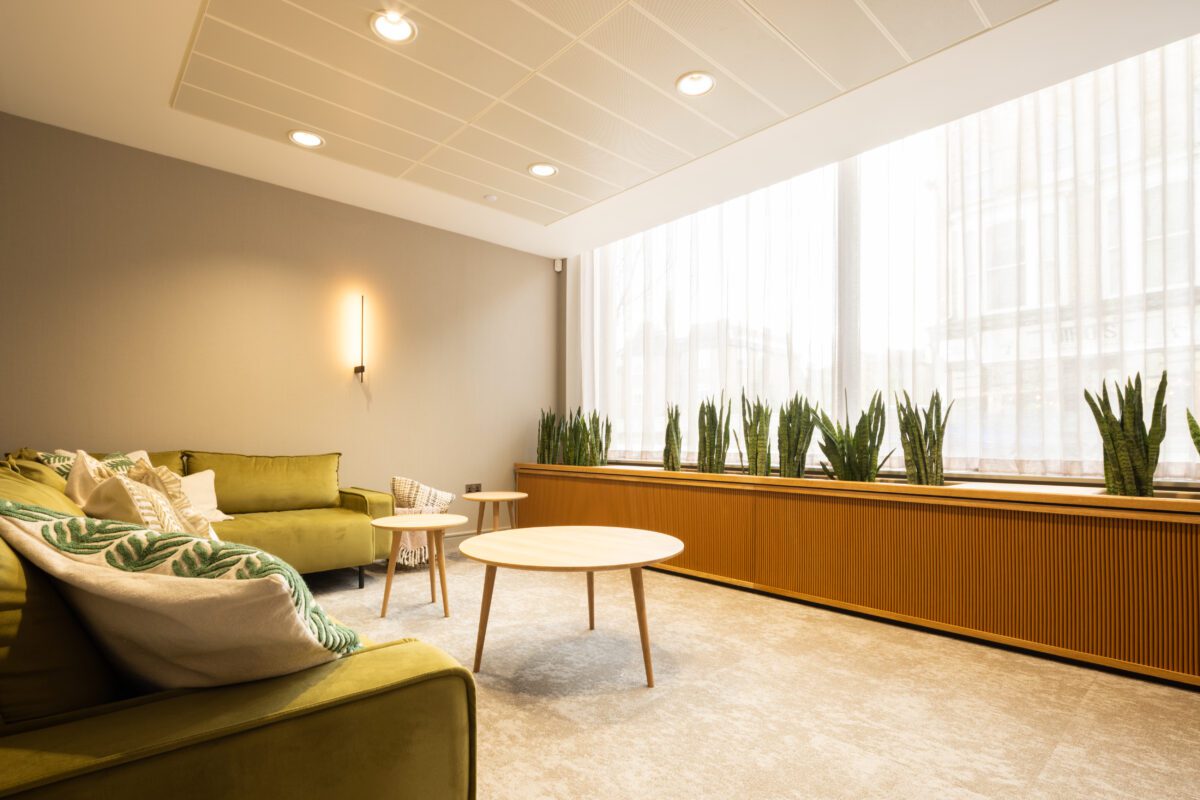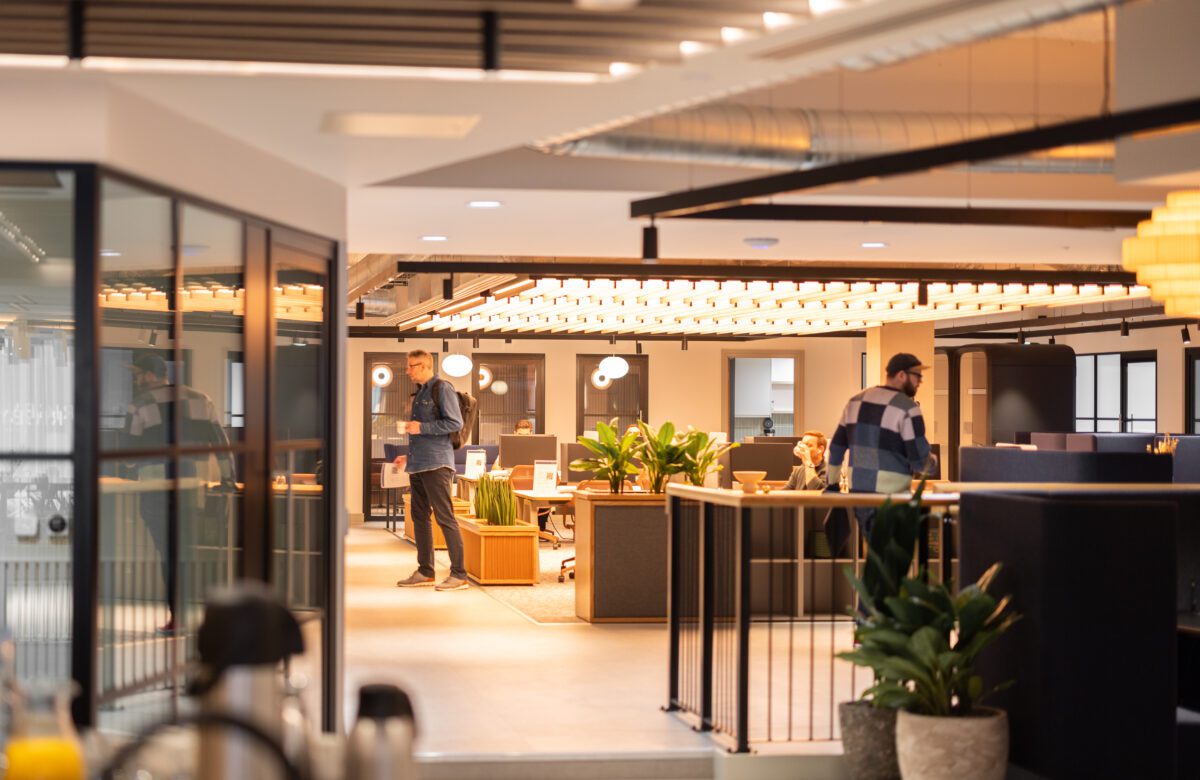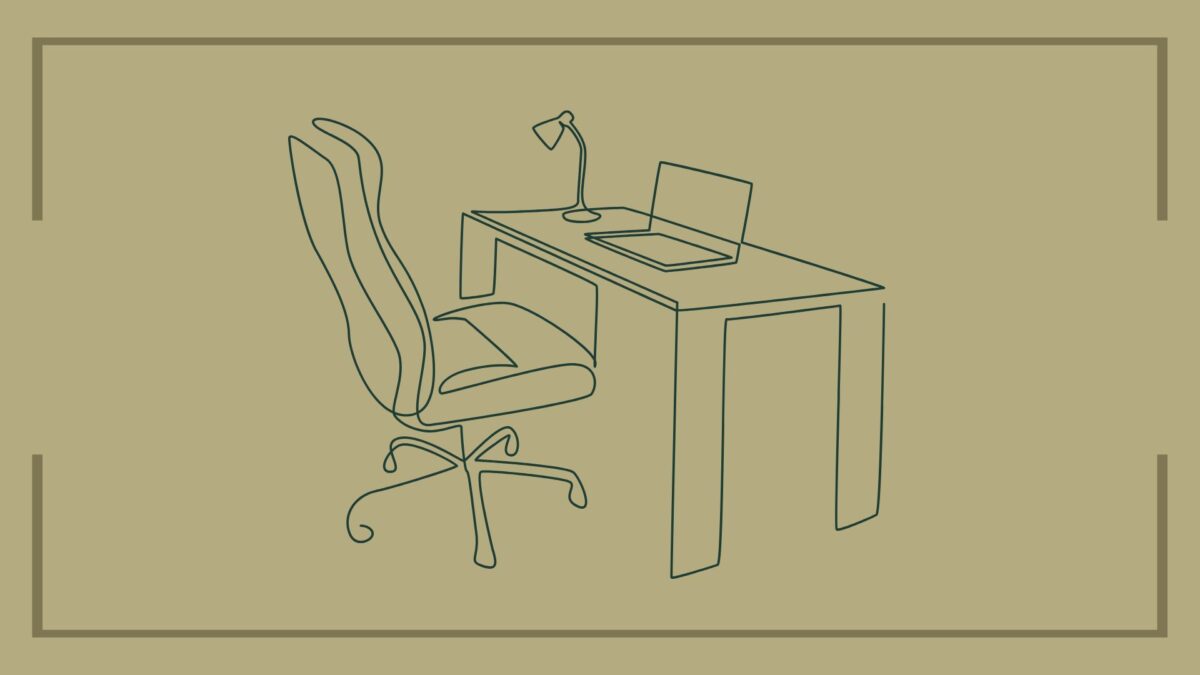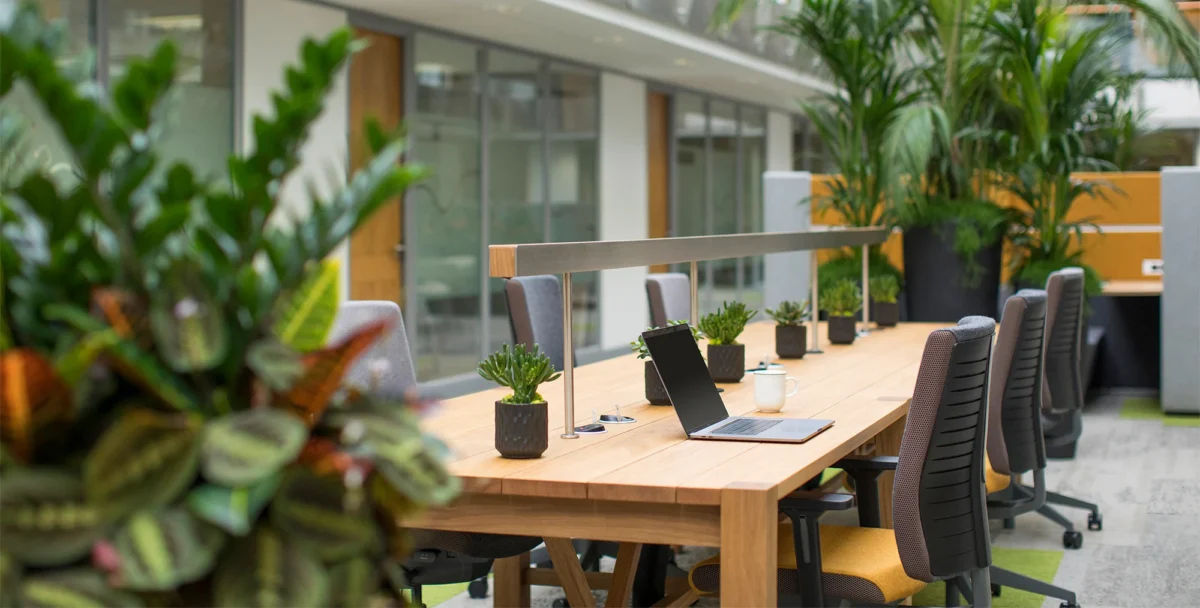A great workplace can transform health, happiness and productivity.
Most people spend about 90,000 hours of their lives at work. That’s nearly 45 years. It makes sense that the workplace can play a big role in our health. When designed badly, an office can add to stress, leading to burnout and making people feel worse, not better. That’s a problem for both employees and employers.
Investing in your employees
The good news is that investing in a high-quality workplace yields significant benefits. When companies prioritise employee well-being, encompassing not only physical health but also mental and social well-being, the benefits are substantial. People feel better, and they take fewer sick days. They’re more engaged and productive, which means companies perform better as well.
Research by the McKinsey Health Institute shows that investing in employee health could create between $3.7 trillion and $11.7 trillion in economic value worldwide. That’s around $1,100 to $3,500 of value per person, or up to 55% of average annual pay. Most of that value, up to 77%, comes from improved productivity and reduced presenteeism. That’s when people are at work but not able to work at their best.
Too often, businesses focus solely on visible costs, such as absenteeism. But those account for just a fraction of the opportunity. The hidden cost of people not working to their full potential is far higher. And that’s where a better workplace can make the biggest difference.
A healthier workforce benefits the business and lifts entire communities. Healthier workers are more likely to be involved in their local area, help others and lead fulfilling lives outside of work. That’s why better workplaces are not only good business, they’re also good for society.
The pitfalls of employee health
Unfortunately, the current state of employee health is not where it should be. A global survey of more than 30,000 employees found that only 57% reported good overall health. Just under half, 49%, were ‘faring well’, meaning they had good holistic health and no symptoms of burnout. One in five reported signs of burnout.
Burnout is not the same as being tired after a long week. It includes exhaustion, feeling mentally distant from work, and a sense of being unable to cope. It affects people across every industry, although some are more severely impacted than others. Employees in accounting, retail, agriculture, shipping and the arts reported the lowest health and highest burnout levels. Even in the best-performing industries, fewer than three in four workers reported being in good health.
The situation is worse for certain groups, with women, LGBTQ+ individuals, younger employees, people with lower income or education levels, and those who are neurodivergent all reporting worse outcomes. These groups made up 80% of the survey respondents.
Designing office spaces for success
The design of the physical workplace plays a huge role in supporting wellbeing. At WorkWell, we have emphasised the proven value of natural light, indoor plants, quiet zones, and access to fitness facilities. Workspaces filled with sunlight and biophilic elements, such as greenery or nature-inspired textures, have been shown to reduce stress and boost cognitive performance. Employees who sit near windows get better sleep and report higher productivity. Plants not only purify the air but also create a more calming and restorative environment.
Equally important are quiet spaces and on-site fitness facilities. In open-plan offices, having a designated space to retreat to for focus or rest can significantly reduce stress. Physical activity, whether it’s a lunchtime yoga class or a treadmill in the office gym, is directly linked to sharper thinking and an improved mood. When companies design environments that promote movement, reflection, and calm, they’re not just building offices—they’re investing in human potential.
A high-quality workspace isn’t just about better chairs or healthy snacks. It’s about the full work experience. That includes feeling safe, supported and respected. It means having leaders who genuinely care, clear roles and expectations, and a culture that fosters a sense of belonging and purpose.
The most successful employers take a systematic approach. They measure how people are doing. They test solutions and adapt based on data. They train managers to support wellbeing. They look beyond quick fixes and instead build a culture that supports long-term health.
There are plenty of examples to learn from. At the sportswear company On, an employee health programme led to a 30% drop in staff turnover, a 5% boost in productivity, and a $2.9 million a year savings, an 11.6x return on investment. At Ikea Canada, adding ‘Wellness Days’ helped reduce employee turnover from 35% to 24.5%. At Audi, voluntary health checkups led to high employee participation and long-term health benefits.
Final thoughts
Even small changes can have big results. Encouraging movement breaks, promoting mental health awareness or improving access to coaching can all help. What matters most is that health becomes a core part of how the workplace functions, not just an add-on or an afterthought. When work supports wellbeing, everyone wins. Employees are healthier and happier. Companies perform better. And society as a whole benefits.
Work shouldn’t be something people have to recover from. It should be a place where they thrive. Investing in high-quality workspaces is one of the smartest things any business can do.










